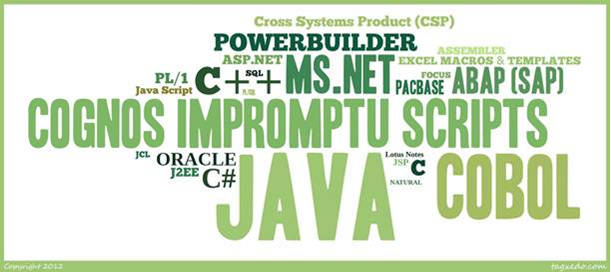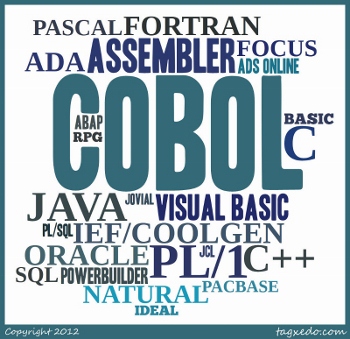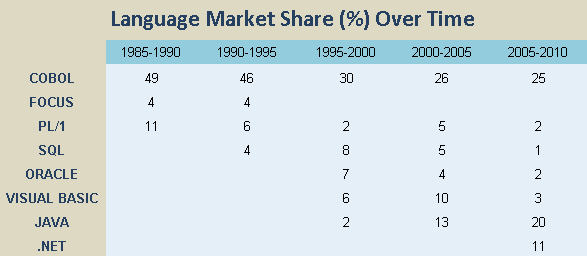White Paper: Long Term Trends from 40 Years of Completed Software Project Data

Although the software industry is known for growth and change, one thing has remained constant: the struggle to reduce cost, improve time to market, increase quality and maintainability, and allocate resources most efficiently. So how can we combat future challenges in a world where everything is software, from the systems in your car to the thermostat in your home to the small computer in your pocket? By using practical measurement and metrics, we can get a bird's-eye view of where we've been and where we could go, while keeping us grounded in data. Leveraging QSM's industry database of over 13,000+ completed projects, Katie Costantini takes a high-level look at changes to software schedules, effort/cost, productivity, size, and reliability metrics from 1980 to 2019. The current study compares insights to similar studies QSM has completed at regular intervals over the past four decades and answers questions like, 'what is the "typical" project over time?' and 'why are projects "shrinking?"' The results may surprise you!



